RIP Vidal Sassoon (17 January 1928 - 9 May 2012)
Postet av Adam og Eva Grensen den 9. Mai 2012

Young Gun
After spending most of his formative years in a Jewish orphanage, Vidal got his start at the age of 14 when his mother facilitated his apprenticeship with East London hairdresser Adolf Cohen. Had it been up to him, Sassoon would've studied architecture. "I looked at all of the shapes and thought to myself, Hairdressing is so old-fashioned!" Rising post-war anti-Semitism, however, kept him from delving too much into the relative merits of each career. After joining the 43 Group, an English anti-fascist organization, Sassoon headed to the Middle East to fight for the state of Israel in 1948. "It was an extraordinary freedom to be able to think, and if necessary fight, for what you believed in."
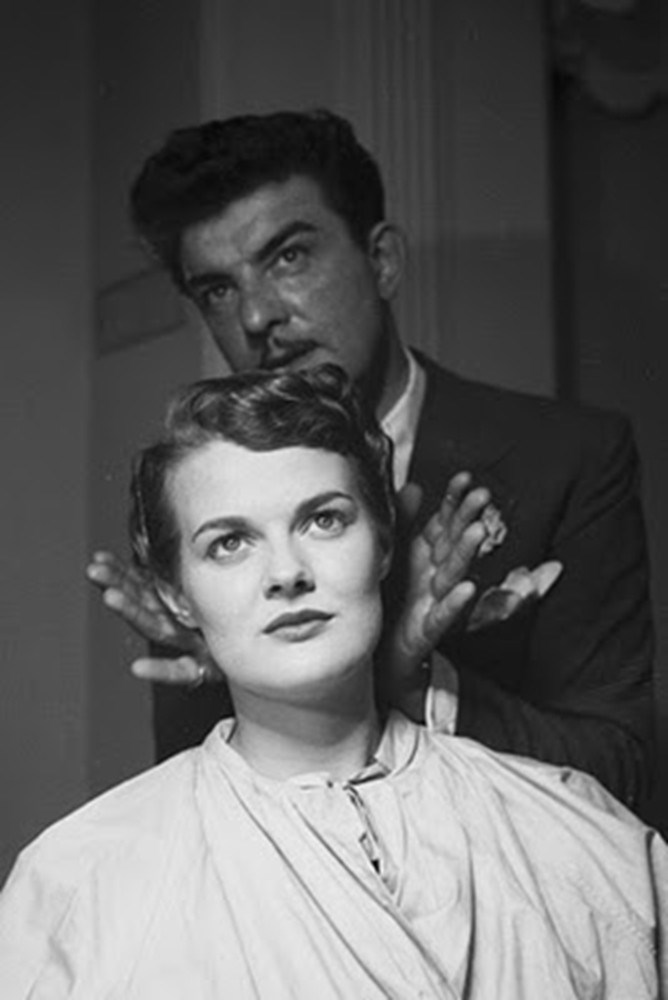
The King's Speech
A year later, Sassoon was called home by a succinct telegram from his mother: "It said: Step-father-had-heart-attack. Come-back-and-earn-a-living," he repeats from memory. So he did, but with a newfound feeling of invincibility. "Israel had done me so much good in the sense of the pride of who I was. I came back and I was ready to argue with anyone"—including a number of posh salons that turned him away because of his Cockney accent. Determined to make his mark, Vidal enrolled in speech lessons and scored a job with famed London stylist Raymond "Mr. Teasy-Weasy" Bessone, whom he calls "one of the great characters of all time in hair—and a first-rate cutter."
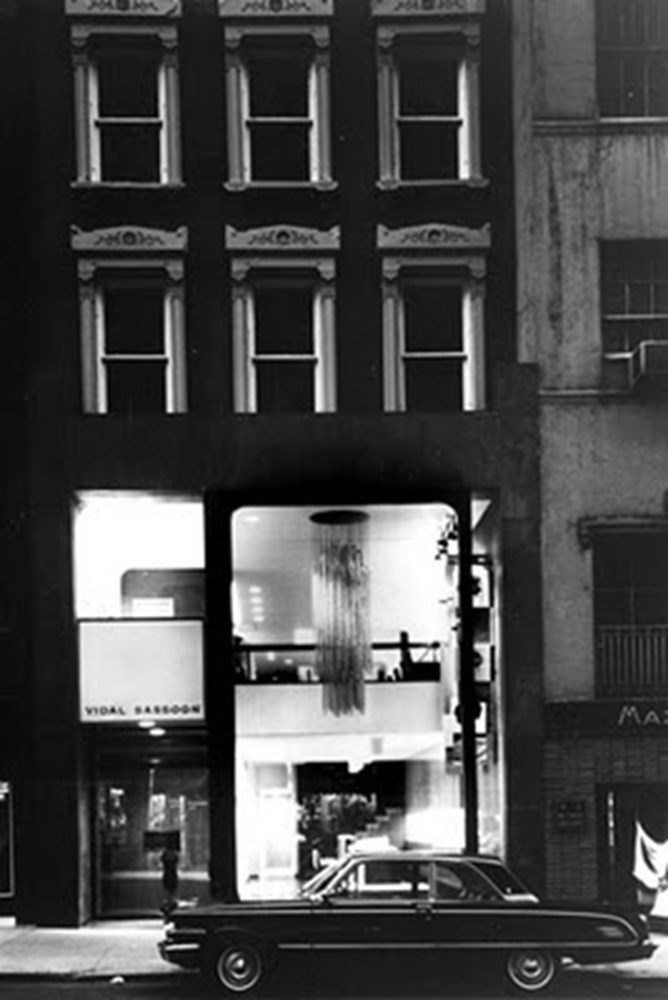
Bond Girls
Learning from Bessone's unique cutting style—"he used his wrist and a pair of scissors; it was beautiful to watch"—Sassoon branched out onto his own in 1954 with revolution on the brain. "From what I'd learned, I could cut angles. I had the feeling that something had to change." Over the next few years, Vidal amassed an eclectic following of regulars at a salon on what he calls "the wrong end" of Bond Street. By '58, he had outgrown his original space and moved to a split-level, David Hicks-designed "modern art gallery" of a salon on, yes, the right end of Bond.
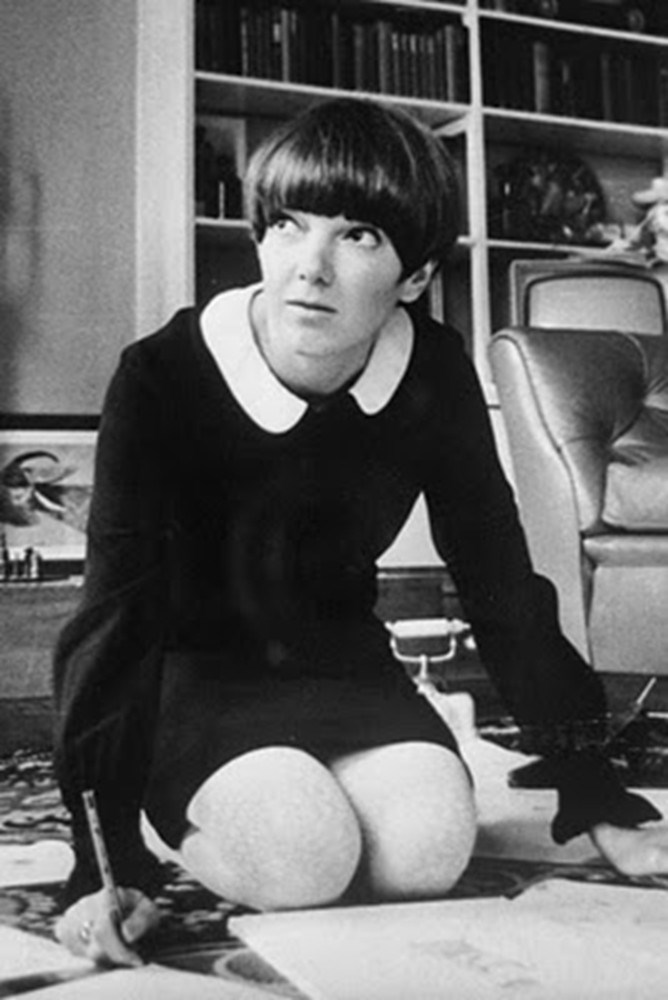
Something About Mary
1957 was the year when budding British fashion designer Mary Quant first sat down in Sassoon's chair. As the story goes, he grazed her ear with his scissors, but that didn't stop her from coming back. "Mary always used to say that I cut hair like she cut cloth," says Sassoon.
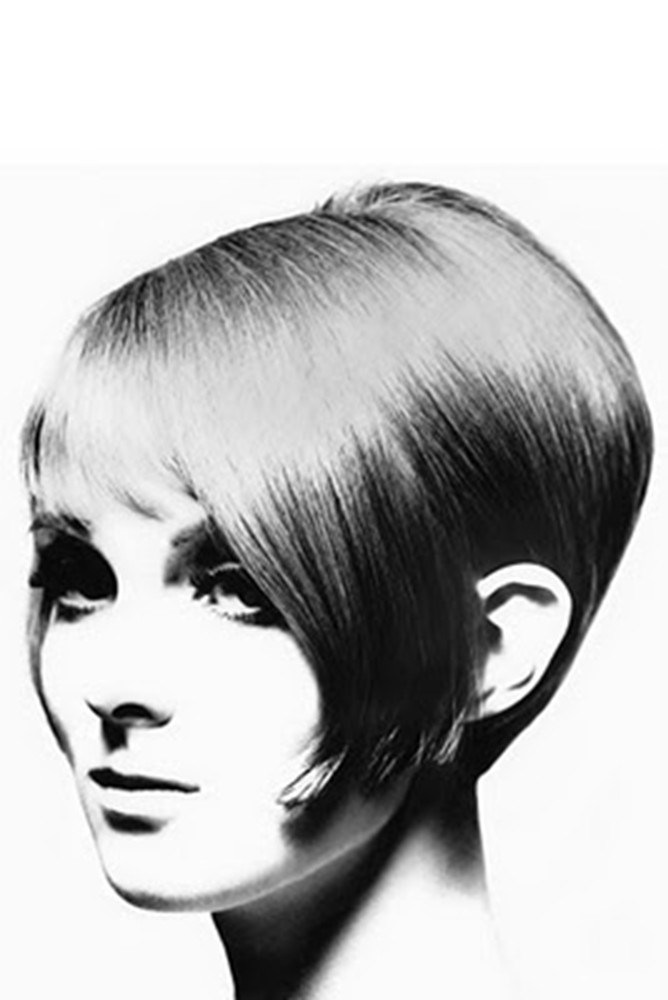
Amazing Grace
In the early sixties, Vidal strengthened his ties to the fashion scene by snipping up-and-coming model Grace Coddington. "I called Mary and said, There's a girl in here with bones not to be believed! So Mary cut the cloth and I cut the Five Point," Sassoon recalls, describing the famous haircut. The geometric style featured asymmetrical angles shaped into five distinct points in front of the ears and on the nape of the neck. "Grace went to Paris for the shows and all the girls were asking, 'Where can I get the haircut?' "
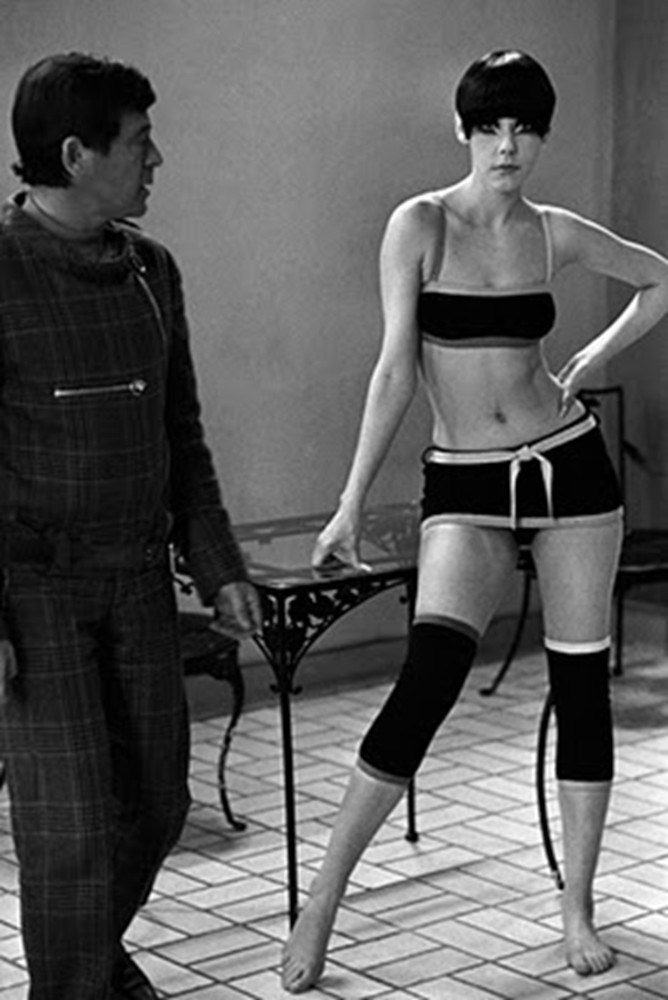
Mod Mob
A gaggle of models requested the Five Point, but only one would come to own it in print: mod fashion icon Peggy Moffitt. "Peggy had this marvelous way about directing her own feelings to make hair or clothes look so special," Sassoon remembers. The muse of Austrian-born and L.A.-based fashion designer Rudi Gernreich (the man behind the monokini), Moffitt will always be tied to the short, graphic style—which, for the record, she still sports today in her seventies.
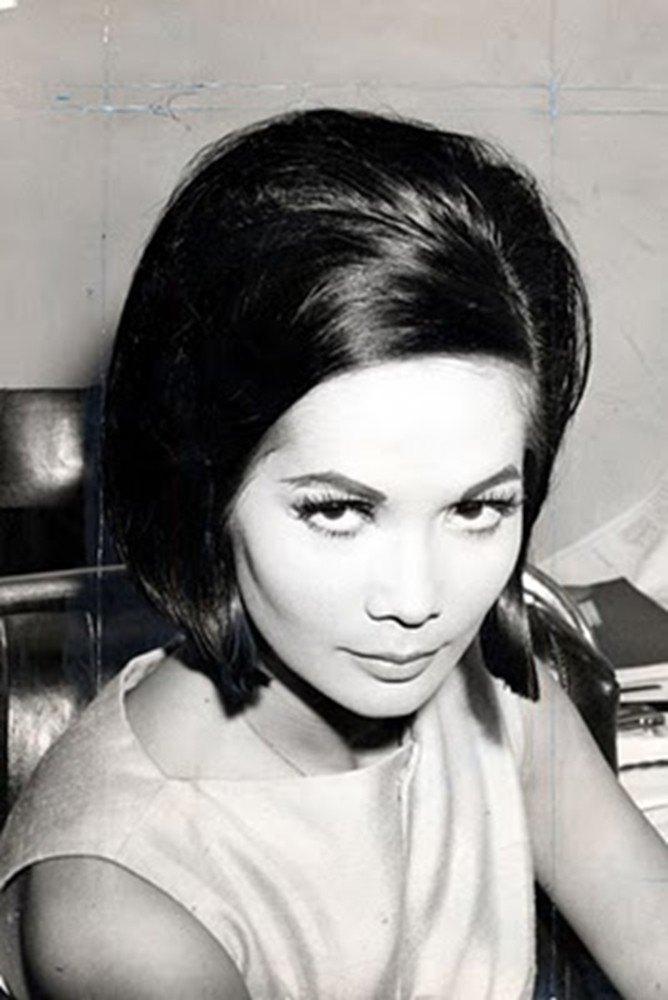
Star in the Making
Sassoon got his first taste of Hollywood in 1963. Director John Krish wanted the British-Asian starlet Nancy Kwan to shear off her long, dark locks for her role in the comedy The Wild Affair, so he brought her to Vidal for a consultation. "I was halfway through the cut and I thought, We've got something here," Sassoon remembers. He called up his friend, the fashion photographer Terence Donovan, to get the process on film, and within 24 hours, images of Kwan's angled, asymmetrical bob had been circulated to multiple international issues of Vogue and the U.K.'s Queenmagazine. Just like that, the world's first internationally renowned celebrity stylist had been crowned.
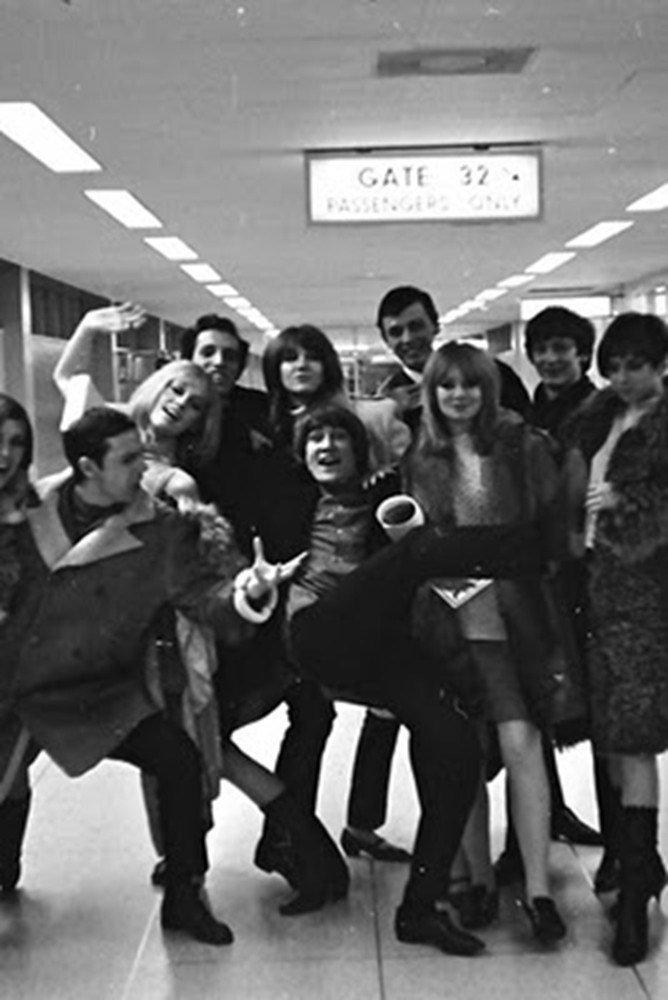
Coming to America
How to stand out at a hair show at New York's Pierre hotel amid 14 other stylists from all over the world? Enlist triplets from Brooklyn as models. Vidal's gimmick was a hit with the press. "All the hairdressers did beautiful work, but our work was very different," he says. Richard Salomon of Lanvin-Charles of the Ritz scheduled a meeting with the hair cutter and put it plain and simple: "He said, 'I'll buy a building on Madison Avenue. Go back to London and train a team to come to New York, and in a year we'll open.' I was so flummoxed I didn't know what to say. They advanced the money. We advanced the talent."
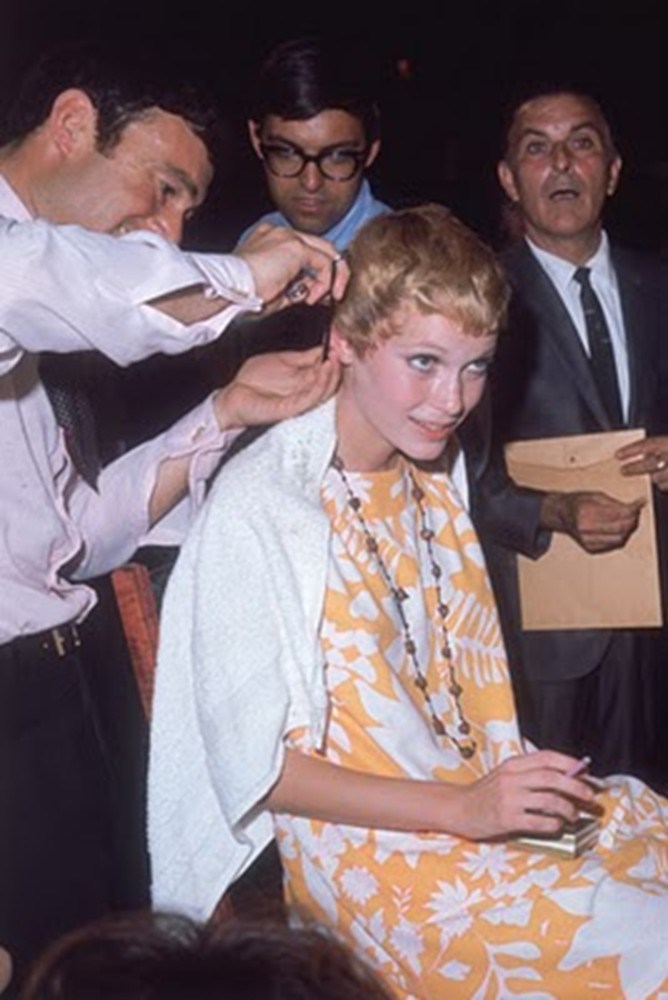
Pixie Must
Success in New York wasn't instant. "Ladies who lunch were quite happy to have their hair teased, but it really had nothing to do with what we were doing." Enter Mia Farrow. A few years earlier, Roman Polanski had shot scenes for Repulsion on the second-floor balcony of Sassoon's Bond Street salon. As repayment, the director brought him onto the set of his movieRosemary's Baby, where Vidal cut Farrow's flaxen locks into a pixie in a room full of paparazzi. "She had had a fight with Frank [Sinatra] and she cut a piece of her hair in angst. The only thing I could do was take her short!" Sassoon says. A break-up cut for the ages!
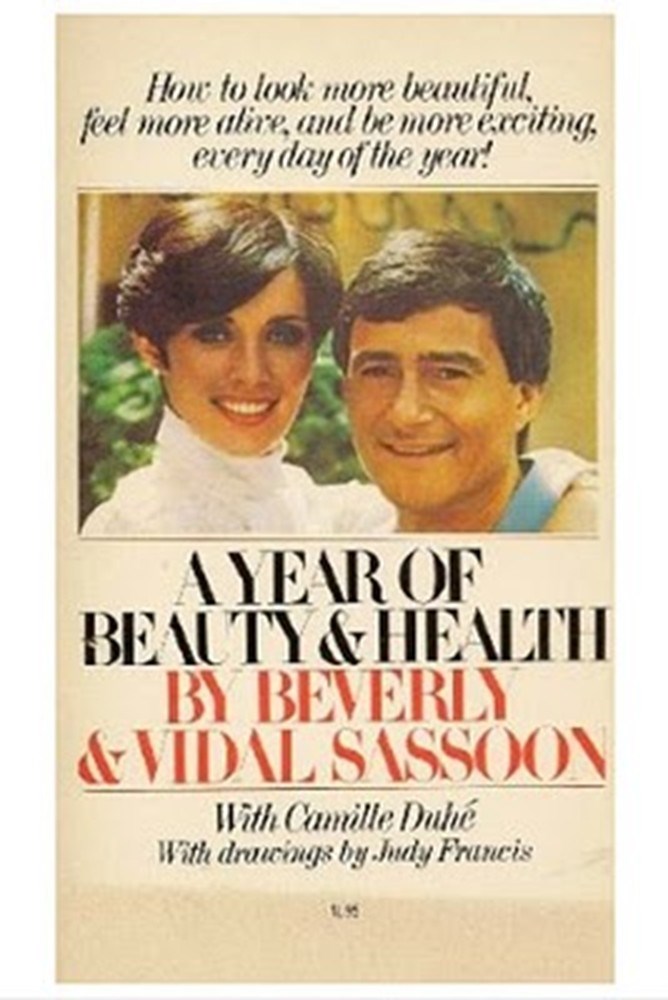
Gone Guru
With his second wife, Beverly, in tow, Sassoon moved his growing family to L.A. not only to cater to his celebrity client list but also to cultivate his dedication to wellness and exercise. Sassoon introduced an American audience to Pilates on The Regis Philbin Show (years before SJP and co. made it famous onSATC), and ultimately hosted his own program, Your New Day With Vidal Sassoon, in which he and Beverly provided tips on style, healthy eating, and exercise. The couple also penned A Year of Beauty & Health in 1976 before splitting a few years later.

Product Oriented Despite positive ratings, Sassoon ultimately shut down Your New Day. "I had to make a choice. Does the company come first or does your ego come first? The company won out." His next act: the first-ever stylist-helmed product line and a genius tagline—"if you don't look good, we don't look good"—to match. "Sassooning" brought the man to the masses in the early eighties. Everybody, including Andy Warhol, used it. "A year before the shenanigans started," Sassoon says, "we took in half a billion dollars."
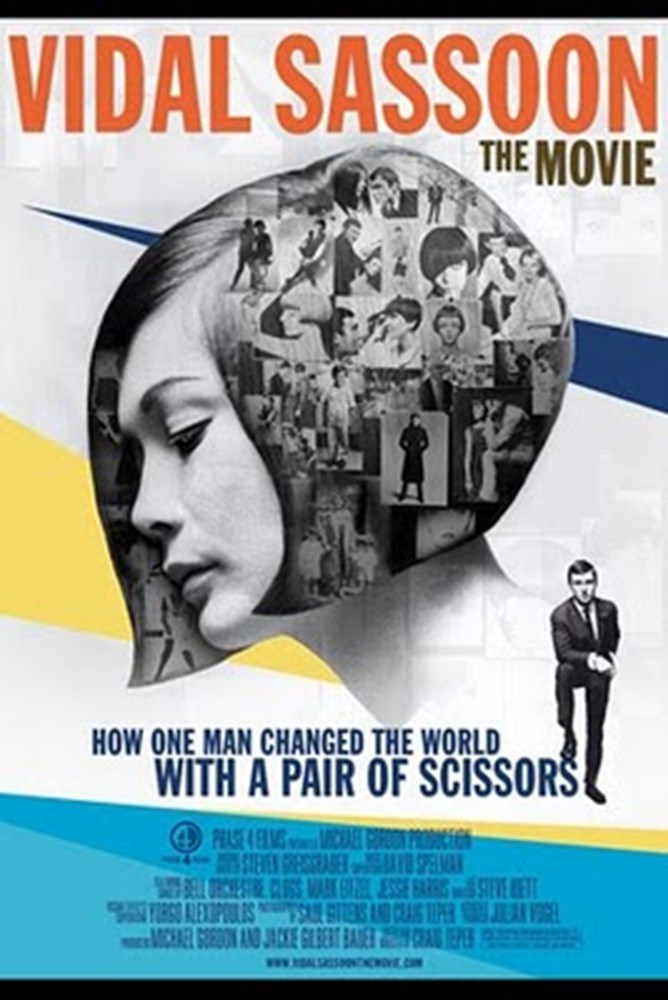
Pop Life
The "shenanigans" Sassoon refers to are the circumstances around the sale of his product line (which was discontinued in the U.S. in 2002 but is still sold in Asia), as well as his network of namesake salons and academies. Regardless, the man belongs in the hairdressing hall of fame!
Vidal Sassoon died on May 9, 2012 at his home in Los Angeles.
source: style.com
Kommentarer
Logg inn for å skrive en kommentar.